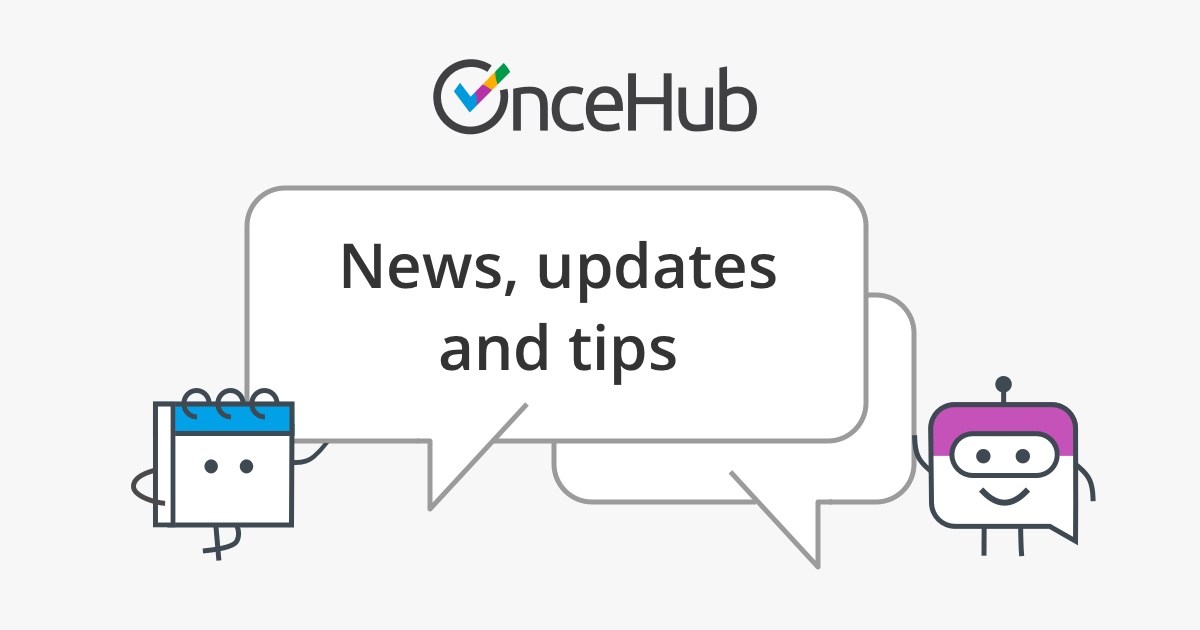
“The availability-based approach ensures that all possible alternatives are taken into account without asking the meeting organizer to define each one of them”
Some of our existing and potential users have used other group scheduling applications in the past. When they first use ScheduleOnce they realize that it is different. In this article we explain why it is different and why our availability-based approach is far better than the common poll-based approach.
A group scheduler is a web application that is used to find a common time to meet for a group of people. Meeting schedulers differ by many factors but there is one big difference that anyone who needs to select a meeting scheduler should be aware of:
Is the meeting scheduler based on availability or is it a poll-based application?
Poll-based meeting schedulers are the most common. These meeting schedulers have been around for more than 10 years and are actually survey tools that were adapted to survey on times. How do these tools work? You need to set your alternatives – each alternative is a different meeting time. Once your meeting time alternatives are set you ask invitees to respond to the poll and say on each time if they can make it or not. Since this method is basically a poll, it works well in a narrow set of cases where the dominant decision factor is the day on which people can meet and not the time. For example, can you meet on Tuesday at 2:00pm or on Wednesday at 2:00pm? In such a scenario the time is constant and only the day is changing. However, if the time is also part of the decision this method is inferior to the availability based method – We will shortly explain why.
Availability-based meeting schedulers are pretty new and there aren’t many of them yet. The most popular is ScheduleOnce. With an availability-based meeting scheduler there is no poll, there is only providing of availability. The meeting organizer provides her availability for the meeting and then all invitees are requested to provide their availability. Once everyone’s availability is provided the system automatically does the matching and recommends the best time or times. The advantages of this approach are its better time finding capability, its simplicity and speed. These benefits make this method appropriate in professional business environments and make it especially popular among people who use electronic calendars, since working with availability makes perfect sense to them. However, since it is not a poll, the availability based method is not a good fit when the dominant decision factor is not the time, like in the case of deciding between days when the time is constant.
So we touched briefly on the two methods – Now lets dive deeper into the differences by using a simple example. Let’s say that you are the meeting organizer and you want to organize a one hour meeting. You are available on Tuesday from 9:00am-12:00pm or on Thursday from 2:00pm-4:00pm. With an availability-based scheduler all you have to do is exactly what we just did – Say when you’re available. With a poll-based scheduler what you have to do is provide meeting time alternatives. Now, if you want to have good alternative coverage like an availability-based scheduler you will have to provide many alternatives: From Tuesday 9:00am-10:00am, then 9:15am-10:15am, then 9:30am-10:30am, etc. You will end up providing many alternatives which will take you a long time and force your invitees to rate many alternatives, which will take them a long time. This is causing lots of work which no one likes to do. So what do people do? They only mark a few alternatives, missing out on many others which are inherently provided in an availability-based scheduler.
So if you are using a poll-based meeting scheduler you and your invitees either have to do more work or you and your invitees will have to accept a less than optimal time finding approach which will often result in no time being found, causing more work and redundant cycles.
Based on the above analysis, if the dominant decision factor is the time, there is no advantage whatsoever in a poll-based scheduler vs. an availability-based scheduler. Poll-based schedulers are basically a subset of a generic poll system. Availability-based schedulers were truly designed for scheduling and not branched out of a poll system.
So if you are looking for a meeting scheduler for your business, don’t be tempted to go for a poll-based scheduler. These schedulers are currently more common because they have been around for a while but they are much less efficient than availability-based schedulers. Once you get used to an availability-based scheduler you will not understand how you could have managed with a poll-based scheduler.
Related topics from Insights
- Webinar: Top 5 reasons to offer multiple video conferencing options
- Offer multiple video conferencing choices to your customers
- GoToMeeting security best practices with OnceHub native GoTo Meeting integration
- 7 top scheduling practices for successful coaches or consultants
- Best practices for secure video meetings
